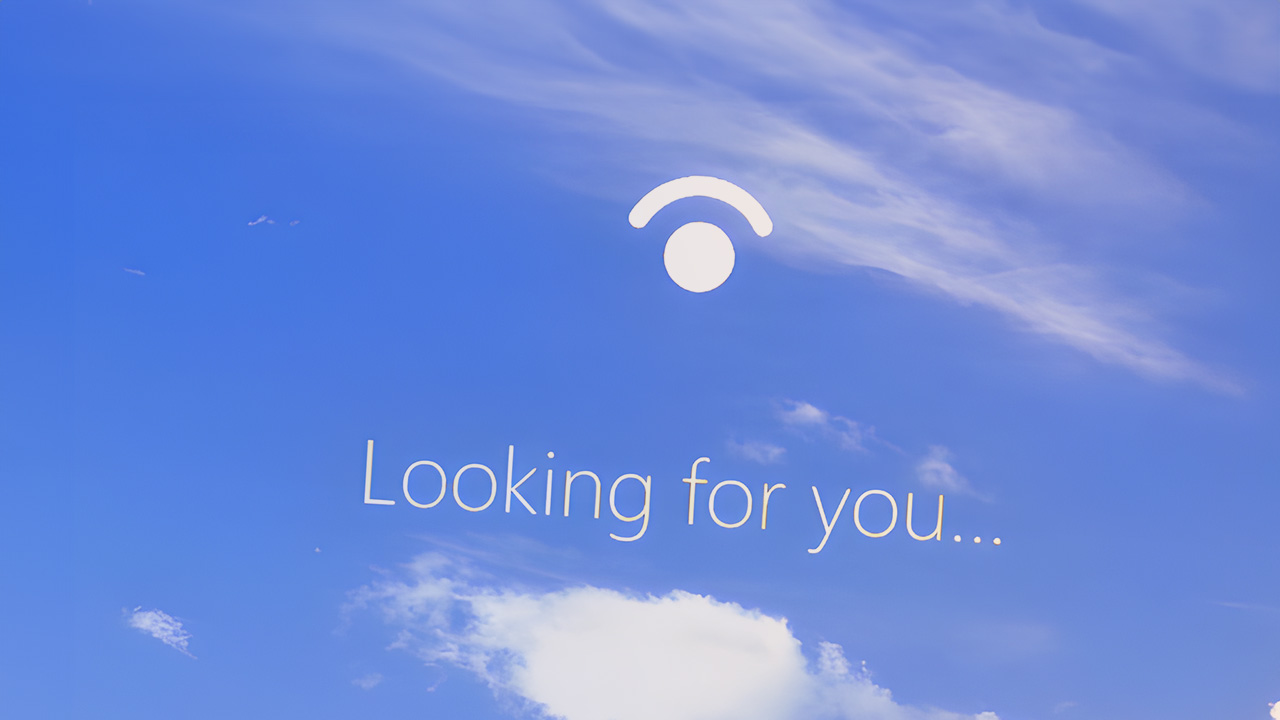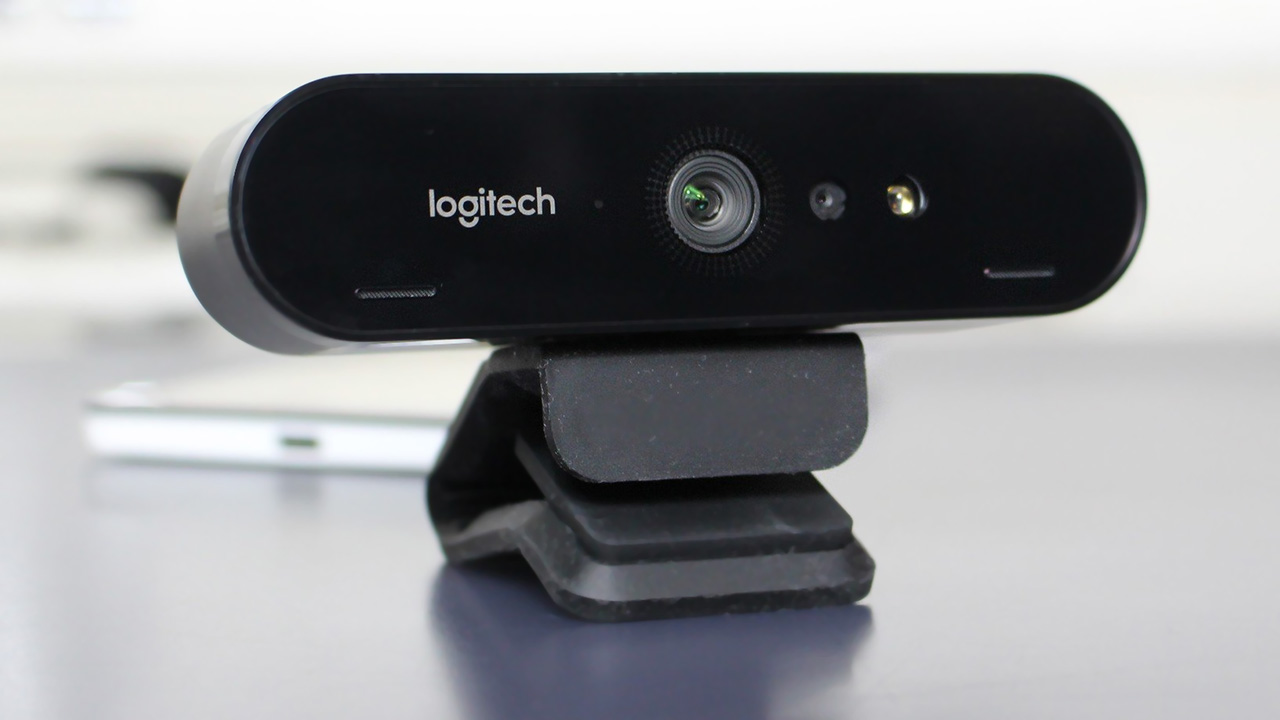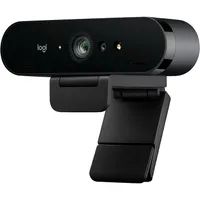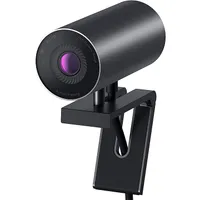My next PC webcam NEEDS Microsoft's answer to Face ID — Here's why (and why we need more companies to make them)
Rapid logins with face recognition are a luxury I don't want to live without when choosing my next camera.

Something you should know about me is that I hate spending money. I can't stand it. I hold onto my tech until the bitter end, and my webcam is a prime example of such unhealthy hoarding. It's a Logitech C910 (no, not even the C920) that I bought almost 13 years ago in 2011(!) and, to be fair, has served me well until recently. It's a testament to the quality of Logitech accessories, but my webcam needs are greater than my previous 'it must be HD' cravings.
The real comedy of this predicament is that my C910 camera started failing to start only a few days after the recent Cyber Monday sales ended, typically leaving me with only full-priced options to shop. However, given the longevity of this ancient relic, I'm willing to spend a fair amount on a new webcam if it meets one requirement: it needs Windows Hello support. It's too bad most of my previous top contenders lack my latest, most sought-after feature, like the incredible OBSBOT Tiny 2 we just reviewed — which would be absolutely perfect, if it only had Windows Hello support.
What is Windows Hello?
Microsoft's secure login technology, Windows Hello, isn't exclusive to cameras but extends to fingerprint readers and traditional PIN codes. However, webcams with proper Windows Hello support allow users to log into Windows 11 (or Windows 10) with a simple and quick face detection method, much like modern smartphones.
Not all webcams support Windows Hello since Microsoft has a list of requirements that manufacturers must meet, including adding an IR sensor with strict guidelines on anti-spoofing to prevent fraudulent logins. For this reason, most gaming-centric cameras aimed at live streaming pass on support, while business-oriented brands more commonly manufacture webcams with Windows Hello certification.
Top contenders to replace my ancient camera
My requirements for a new webcam are crystal clear. Besides the obvious necessity of Windows Hello support, so I can log into my PC simply by sitting at my desk, I need a slim mount that can comfortably sit atop my bracket-mounted monitor without slipping around. Thankfully, that much has become the norm since screens became ever-slimmer over the past decade, and it's pretty tricky to find a webcam that can't adjust to even the tiniest frames.
Thankfully, I certainly would never need a webcam's built-in microphone. By far, the one category I am willing to spend some hard-earned cash on is audio hardware. Since I wrote my Earthworks Audio ETHOS XLR microphone review, I've had zero desire to use anything else, especially not a miniature mic crammed into a webcam, so I can safely ignore the alluring promises of noise-canceling options.
With all that in mind, I've narrowed my search to two options, and neither is brand new. In fact, one was initially released as far back as 2017 but is still recommended by practically anyone I ask whose opinion I can trust. Even better, we had both models in for some hands-on testing at Windows Central, so their reviews are pushing me further in one direction. Prices aren't too far apart from one another either.
All the latest news, reviews, and guides for Windows and Xbox diehards.
Logitech BRIO 4K | was $199.99 now $125.99 at Amazon
We called it a 'genuine beast' as the 4K, Windows Hello-enabled, HDR-supporting webcam champion in our initial review. Although a 2160p resolution seemed overkill then, it's a fairly standard expectation for modern webcams in this price range.
💰Price check: $135.99 at Best Buy (save an extra $22 with My Best Buy membership)
🔎Our review: Logitech BRIO 4K webcam: A pricey package of glorious overkill
Dell UltraSharp 4K | was $199.99 now $174.48 at Amazon
Dell's UltraSharp Webcam brought excellent, quality hardware to a competitive 'pro' webcam market but struggled to justify its higher cost over its rival, the Logitech BRIO 4K.
💰Price check: $199.99 at Dell
🔎Our review: Dell UltraSharp webcam: Excellent hardware, but image quality can't beat Logitech
The choice seems obvious, with the Logitech BRIO 4K edging ahead with a stronger balance of pros and cons, but I suffer from an acute condition of living in the United Kingdom. For that, I rarely see the same generous savings as those in the United States would. However, a surprisingly affordable listing has it down to £129.99 at Amazon UK (that's not how conversion rates are supposed to work, but I'll allow it.)
It seems like the decision has been made, and I'll finally be adapting to the modern convenience of rapid logins with a Windows Hello webcam. It's about time. I've tested too many laptops this year with the same clever feature that caused my 'FOMO' levels to become dangerously high. If you've never tried it, I strongly suggest picking up the Logitech BRIO 4K after the holidays, as I will, or at least check for a Windows Hello certification badge on your webcam of choice.

Ben is a Senior Editor at Windows Central, covering everything related to technology hardware and software. He regularly goes hands-on with the latest Windows laptops, components inside custom gaming desktops, and any accessory compatible with PC and Xbox. His lifelong obsession with dismantling gadgets to see how they work led him to pursue a career in tech-centric journalism after a decade of experience in electronics retail and tech support.



